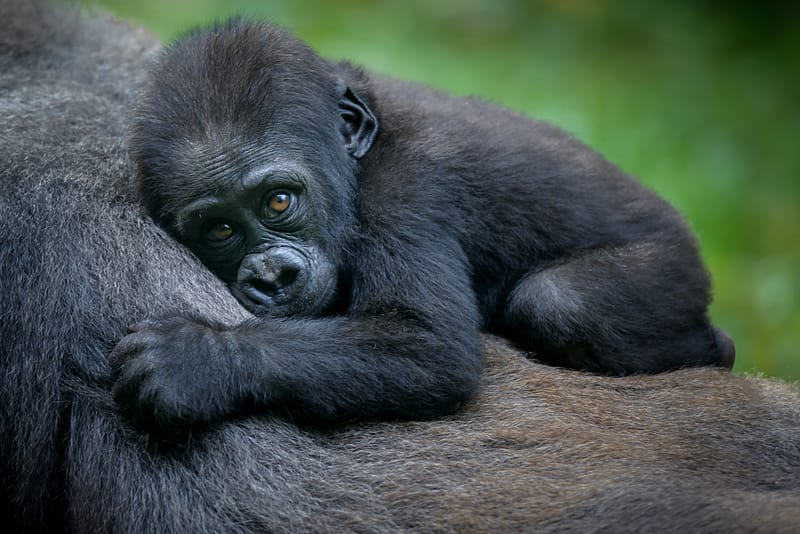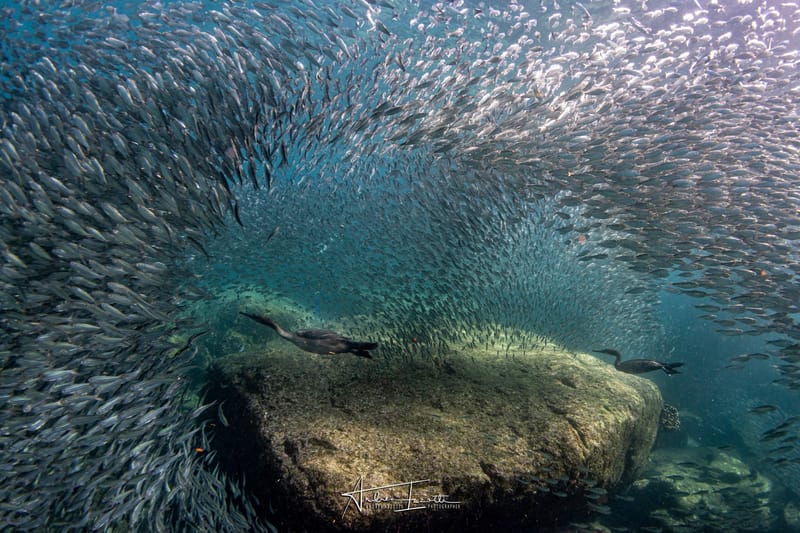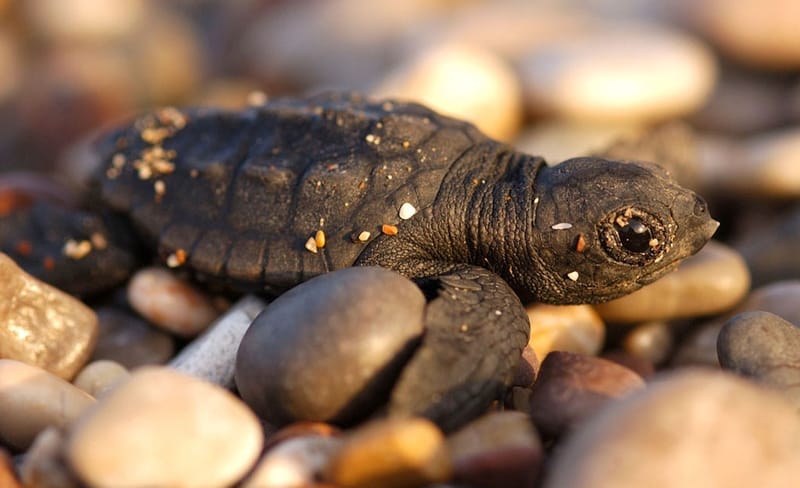The weight of the wind: how wind power can threaten natural ecosystems
Ranked first among renewable sources, a high road to combating climate change. But its impact on wildlife, birds first and foremost, is still underestimated. That's why a change of course is needed. By putting an end to a (still) silent slaughter
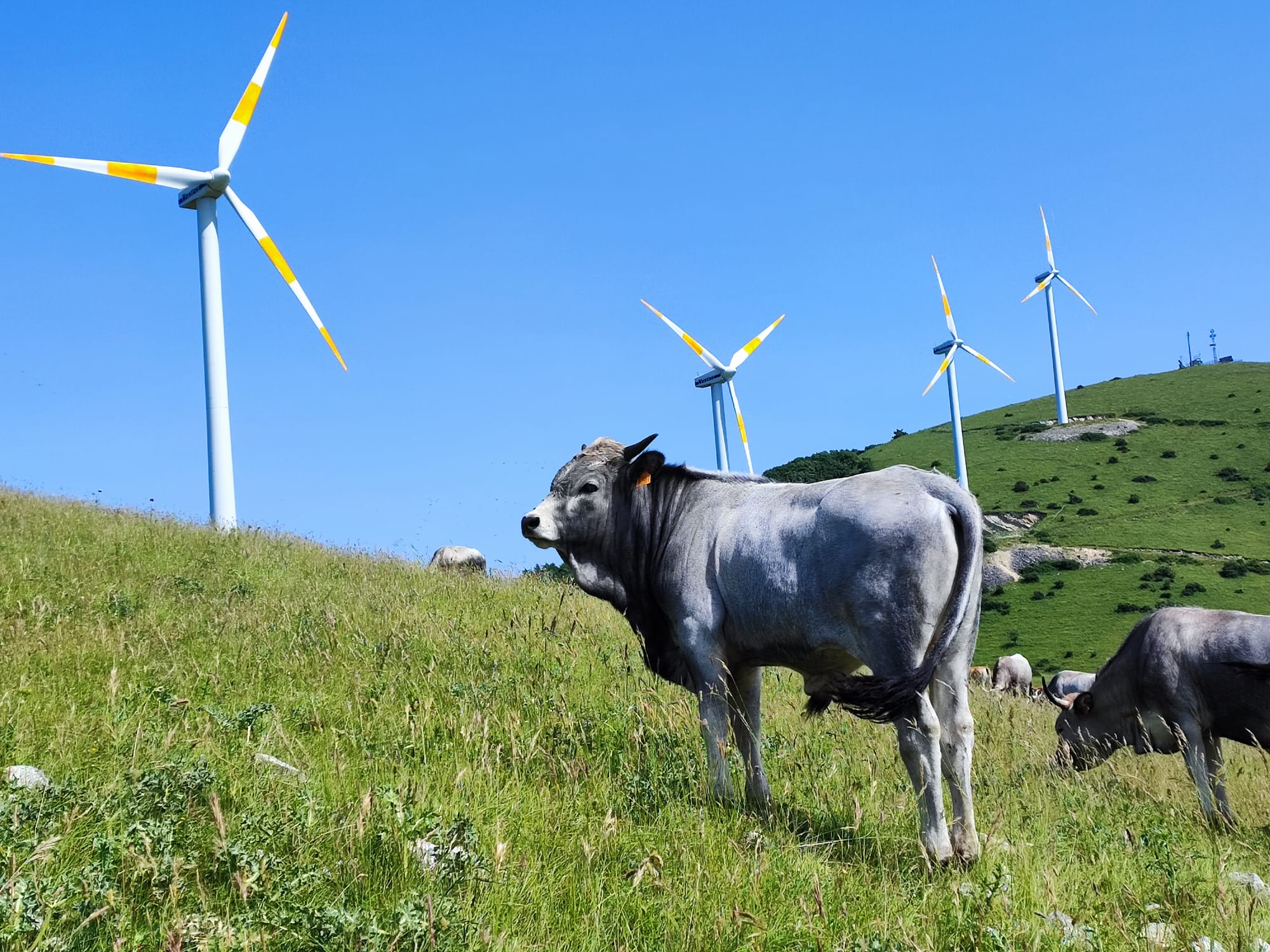
by Rosario Balestrieri, naturalist
We are experiencing the sixth mass extinction, but unlike the previous five, it is not an external environmental factor-as the meteorite was for the dinosaurs-that suddenly makes the world inhospitable to life. This time it is the actions of a single species, ours, that threatens all others.
The climate crisis, generated by the production of energy through fossil fuels, is the greatest man-made anomaly to the planet. A global disruption that not only spills over to other species, but also greatly harms humans. In particular, the most vulnerable populations. A real climate injustice.
And developing countries, which have contributed the least to greenhouse gas emissions, are the ones who are already paying the highest price. The poorest peoples are also the ones most vulnerable to the effects of the climate crisis, as they live in more at-risk areas, have fewer resources to respond to change and have fewer opportunities to access social protection services. In Africa, periods of drought are getting longer and longer, and floods are causing famine and mass migration. In Asia, rising sea levels are threatening islands and coastal communities. In Latin America, extreme weather events are destroying crops and the livelihoods of rural populations. There is a need for countries responsible for greenhouse gas emissions to take responsibility and provide other countries with the support they need to address the effects of climate change.
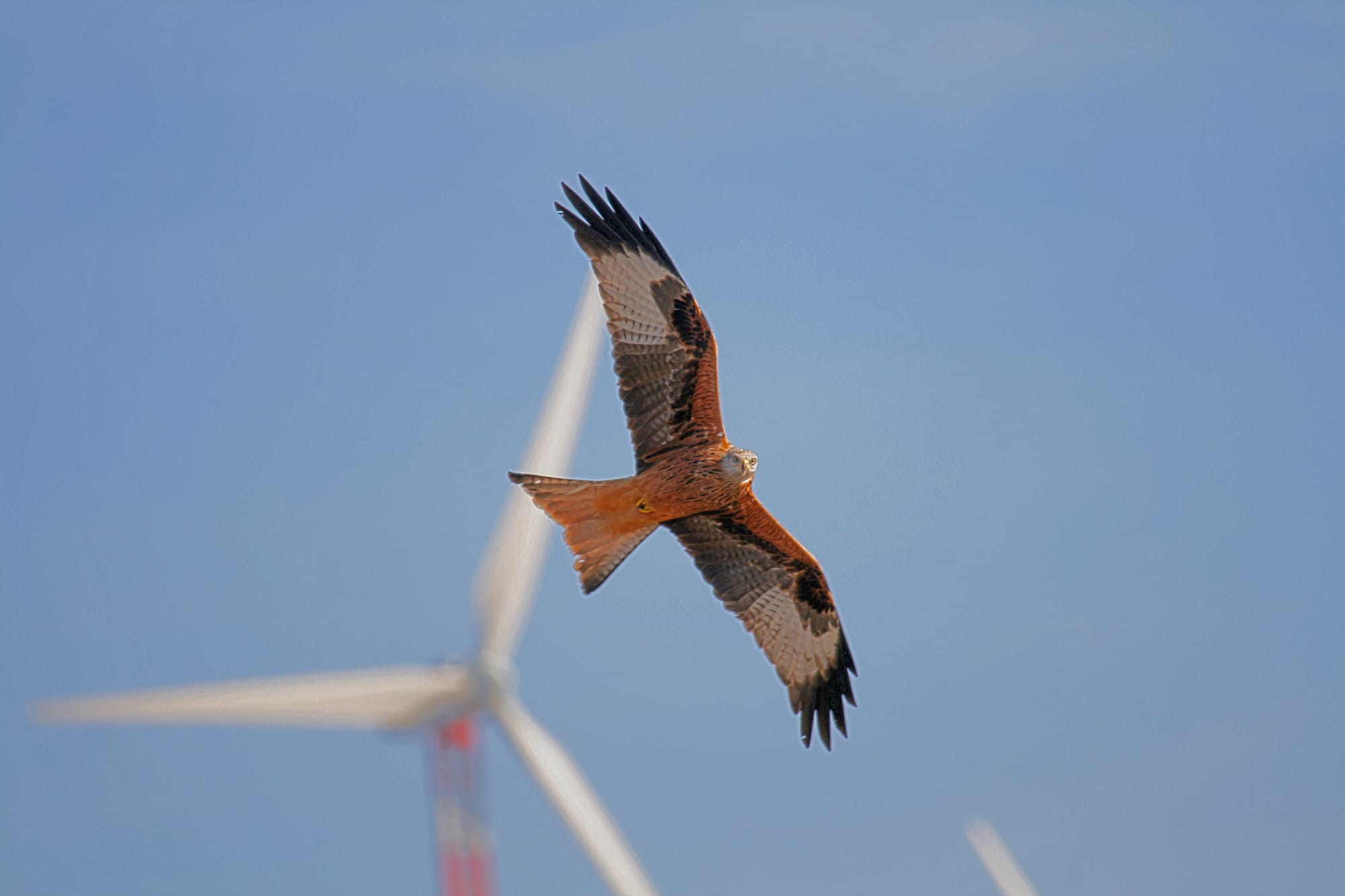
Toward a sudden change of course
In this context, a decisive and sudden change of course by greenhouse gas producing countries toward renewable energy production systems is increasingly imperative. However, renewable is not always and not everywhere synonymous with sustainable. Energy from the sun, wind, or wave mode is in fact widespread and essentially inexhaustible, but the systems to be built to collect and channel it involve an environmental impact that absolutely must be calculated lest the cost-benefit ratio does not hang on the former. If a photovoltaic panel on a roof of a house in an intensely urbanized area has almost no impact, a system of hundreds of panels placed on the ground in a natural area drastically reduces the biodiversity present by compromising the survival of several species.
This is precisely why environmental impact assessments (so-called EIAs) are required for works of this kind.
The environmental cost of wind farms
In Europe in this race for renewable energy, wind power is in first place as a source used: exponential growth. In 2003, it supplied only 1.5 percent of the EU's electricity needs. By 2013, the percentage had risen to 6 percent. By 2023, the percentage had reached 17%.
A whirlwind of renewal is giving wind power an ever-increasing importance, causing "wind farms" to flourish more and more extensively and in more and more environments. However, the construction of wind farms can have a negative impact on wildlife, particularly birds. The most obvious impact of wind farms on birds is collision with turbine blades. An estimated 12,000 to 32,000 birds are killed each year in Europe due to collisions with wind turbines. Mortality rates vary depending on the species, the environment and especially the location of the wind turbine. Wind turbines can also have other negative effects on birds: disturbance induced by the presence of wind towers, noise and in light can change their behavior. Noise from turbines can hinder feeding activities but especially nesting activities since this both courtship and interaction phases with chicks usually involves numerous sound exchanges, which noise pollution covers by silencing them, so for example near a plant the notes emitted by a singing male after a few meters disappear in the background noise and will not be able to be heard by females further away, and if even the meeting takes place after hatching the chicks chirping for hunger are more likely to go unheard. Turbine light can cause disorientation in nocturnal migratory birds, increasing the risk of collisions. The dense presence of wind towers in a mountain pass that is highly frequented by birds may cause birds to avoid the pass, choosing a more strenuous route and taking away a strategic site. In the event that migratory transit continues, the likelihood of crashing into rotating blades increases. Construction of the plant also has an impact, with habitat loss, environmental fragmentation, and amplification of ecotonal systems.
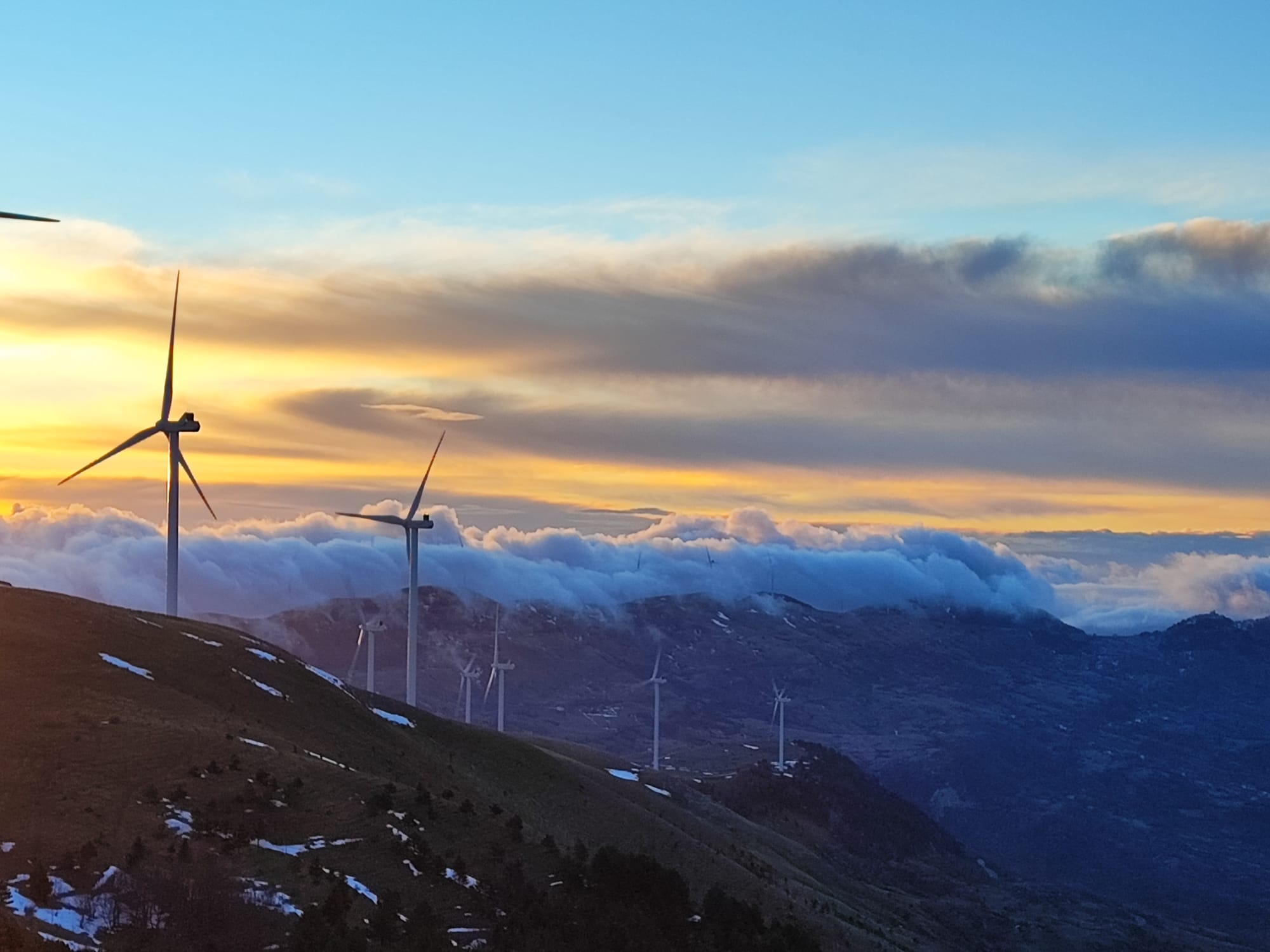
Everything you can (and should) do
To minimize the impact of wind farms on birds, it is important to take preventive and mitigative measures. Preventive measures include the judicious choice of installation sites, which should be outside protected areas, such as SPAs (Special Protection Areas) IBAs (Important Bird Areas) SCIs (Sites of Community Importance) SACs (Special Areas of Conservation) and away from areas of relevance to bird conservation such as "bottlenecks" for migratory birds, breeding sites of sailors such as eagles and vultures, and wintering concentration sites or from roosting areas such as those of herons and cormorants. Possible mitigation actions are site-specific, and include conducting environmental impact studies, monitoring birds in the vicinity of wind turbines, and putting in place plant and wildlife management plans.
The most important aspect of reconciling wind energy production and biodiversity is the judicious choice of areas in which to build plants. While this planning on land can be supported by good spatial knowledge, decades of dedicated bibliography on bird distribution (National, regional and provincial atlases, spatial distribution models of individual species or communities, and projections under future scenarios considering different land-use assumptions), planning at sea for offshore wind power plants is decidedly more complex because of knowledge gaps regarding the distribution of birds at sea and how this changes over time and according to which environmental parameters.
To address this lack of data, there has been a great push in recent years to monitor birds in seas through scientifically reliable procedures to return fine-scale vulnerability maps that can show us the areas of the sea most suitable for plant placement. In any case, offshore wind installations exactly like those on land are preceded by environmental impact studies, which may involve transects at sea, use of radar at coastal sites, and analysis of available GPS tracks of migratory onshore or pelagic birds.
In summary, energy production is converting ever faster from fossil fuels to renewables. This transformation should not overwhelm us like a tsunami flooding the territories with turbines and panels that does not respect the timing of careful and conscious planning. We must not be content to change the critical environmental condition we are in, but must demand to improve it. To do so, it is necessary to know the positive and negative effects of the solutions put in place in order to best manage them.



